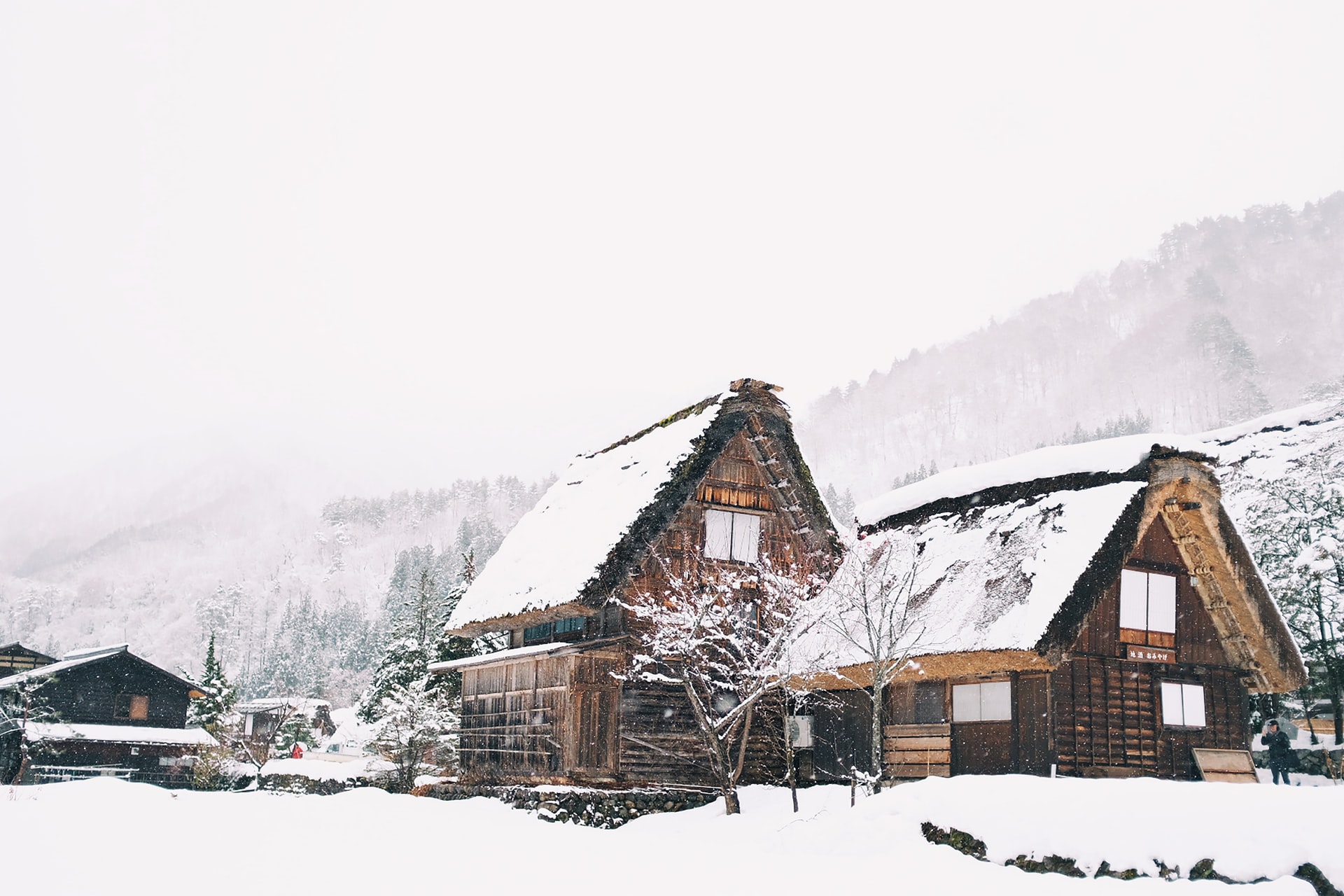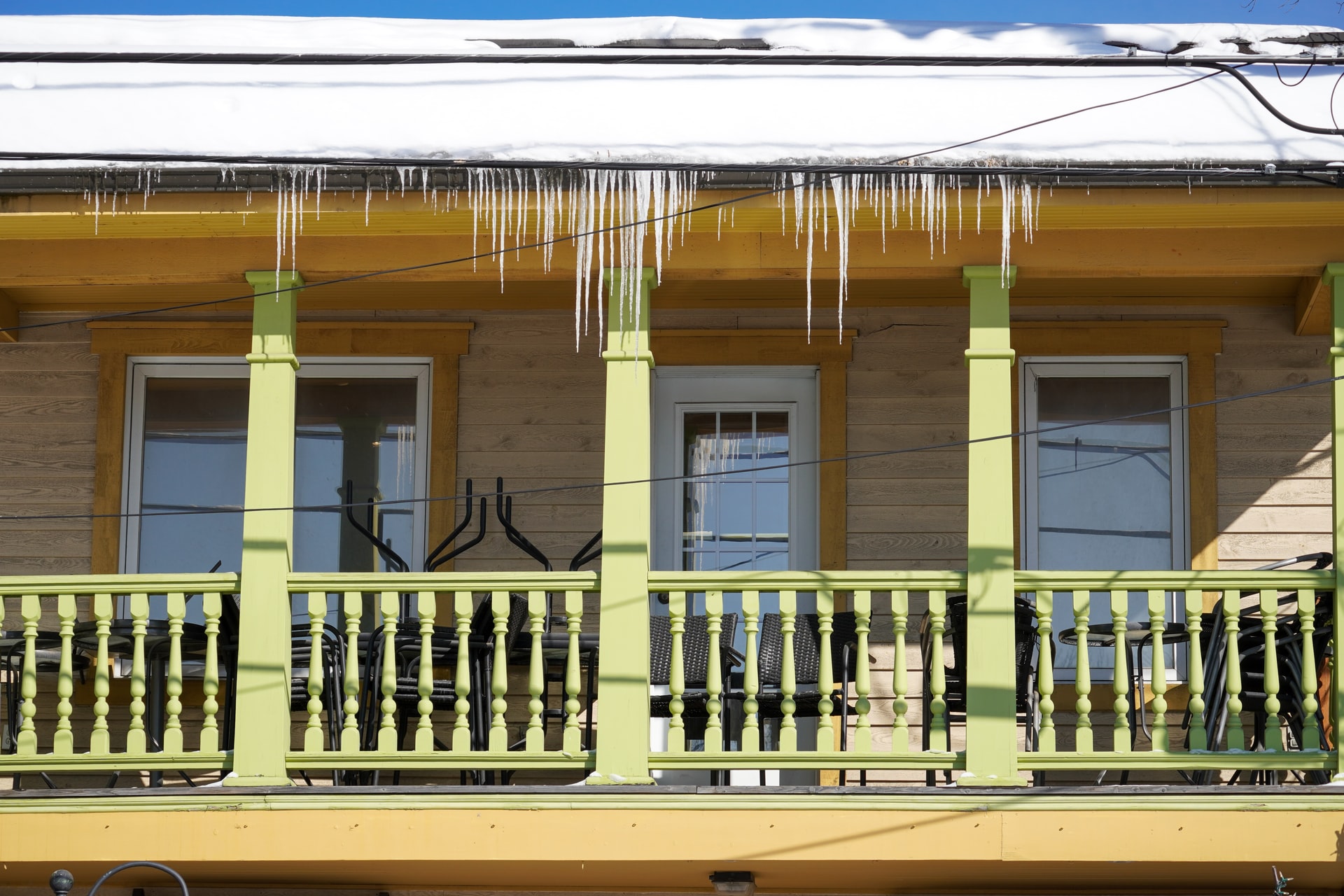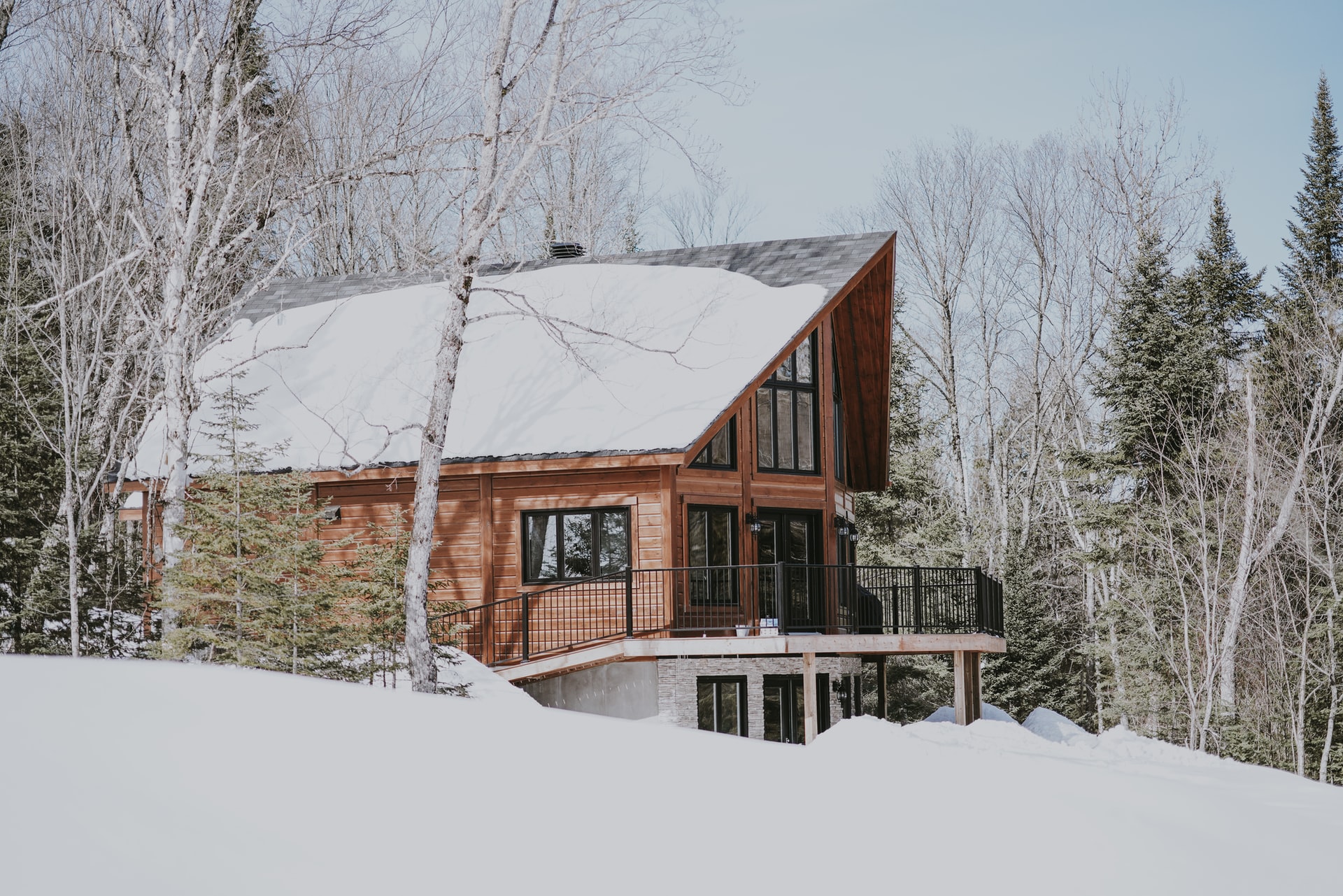Winter can be particularly challenging for your roof damage, but preventing winter roof damage may be easier than you think. When it comes to weatherproofing your home, the roof is the first line of defense.
Ice Barriers And Icicle Formation
The drips refreeze here, building up to the point when the ice is thick enough to raise the shingles and push more snowmelt behind it, allowing water to infiltrate through the shingles. Warm air rises from your heated living space, melting the snow directly above these spots and dripping down to the roof’s cooler borders. However, if you clean your gutters and downspouts completely in late fall and use a roof rake to clear snow from the borders of your roof over the winter, your risk will be considerably reduced. Reduce the production of heat leaks by insulation your attic and repairing roof-top heat leaks. Insulating and ventilating your attic is the greatest approach to avoid ice dam formation.
Icicles form similarly to ice dams, and while they may appear harmless, they can cause damage to your gutters and shingles. Those who wander beneath icicles are likewise at risk. A long-handled roof rake can also be used to delicately remove them.

Extremely Strong Winds
High winter winds can harm your roofing in a variety of ways, including loosening tiles and flying them off, as well as tearing down fallen branches. Strong gusts can drive fallen branches packed with snow and ice crumbling down onto your rooftop.
As soon as possible after a hurricane, have any loose roof tiles or other parts replaced to prevent problems like leaks or a buildup of rainwater.
A Lot Of Snow
Poor construction or drainage can exacerbate the problem, resulting in creaking, leaking, and sagging ceilings. This is a very dangerous condition that requires immediate assistance from a roofing professional. There seems to be a risk of roof collapse if your roof would be overloaded with ice and snow. Every roof was being made to support a specific weight load.
Condensation In The Attic
During the winter months, the accumulation of snow and ice on your roof can lead to excessive moisture in your attic ceiling, which is located just beneath the roofing. Any attic floor insulation leaks that allow wet air from below to enter the space must be sealed. Proper ventilation if that’s your only option. This isn’t a minor issue, as extended moisture exposure can lead to mold spores and wood rot. The attic flooring is a common entry point for wet air from below. However, you ought to be mindful that faulty components in your residence, including your pipes, refrigerators, and dehumidification, could also produce humidity build-up.

Exacerbating Existing Issues
Using ice, snow, or several freezing and thawing cycles could aggravate any existing condition. Loose shingles, broken flashing, and tiny cracks are all vulnerable to additional deterioration during the harsh winter months. Showalter Roofing Service provides residents with the luxury of being able to rely on them for any and all of their roof repairs. Having your roofing fully inspected is the most effective way to avert a major problem.
To schedule an inspection, give us a call now! The easiest way to avoid unwanted visitors is to have your roof inspected by one of our certified roofers.

